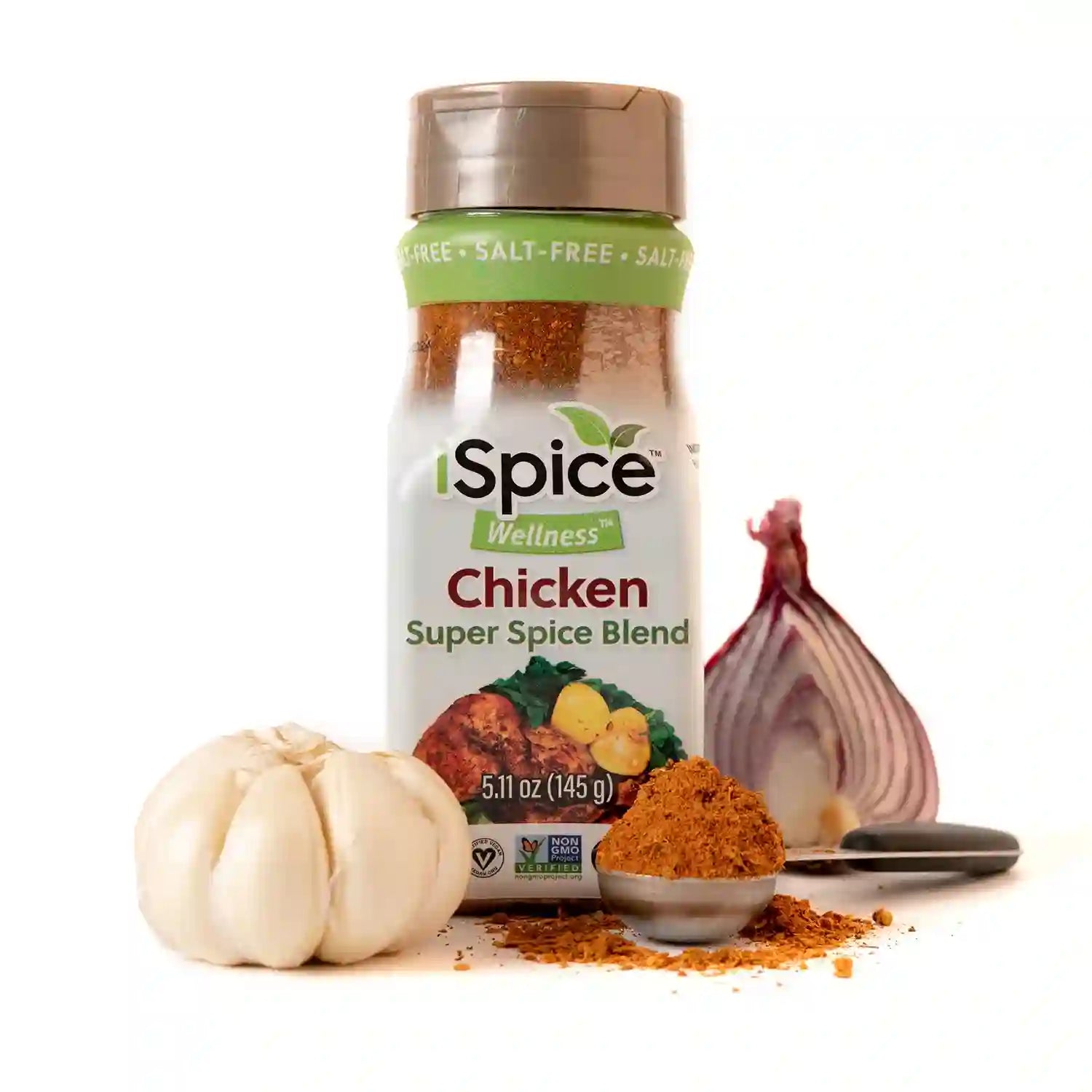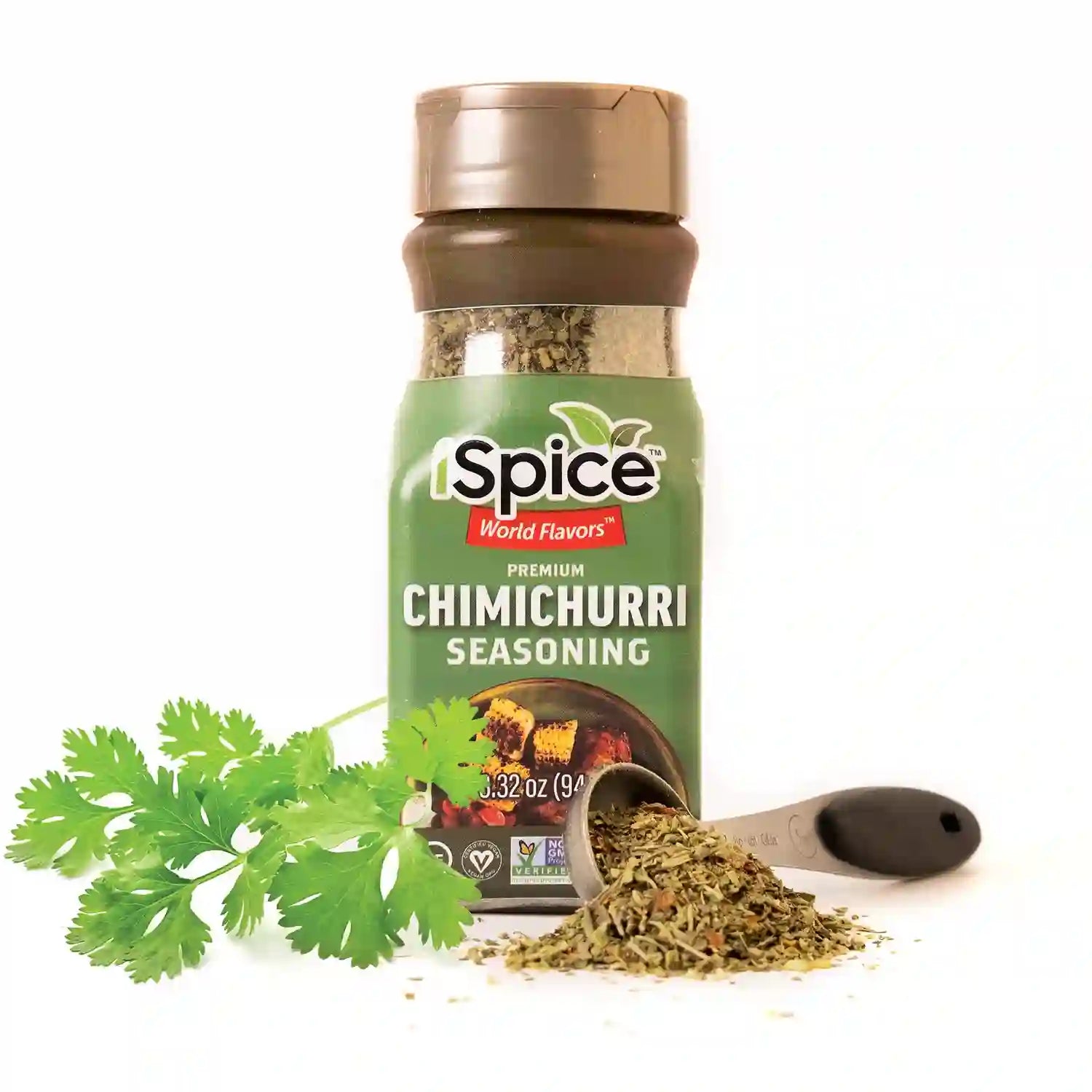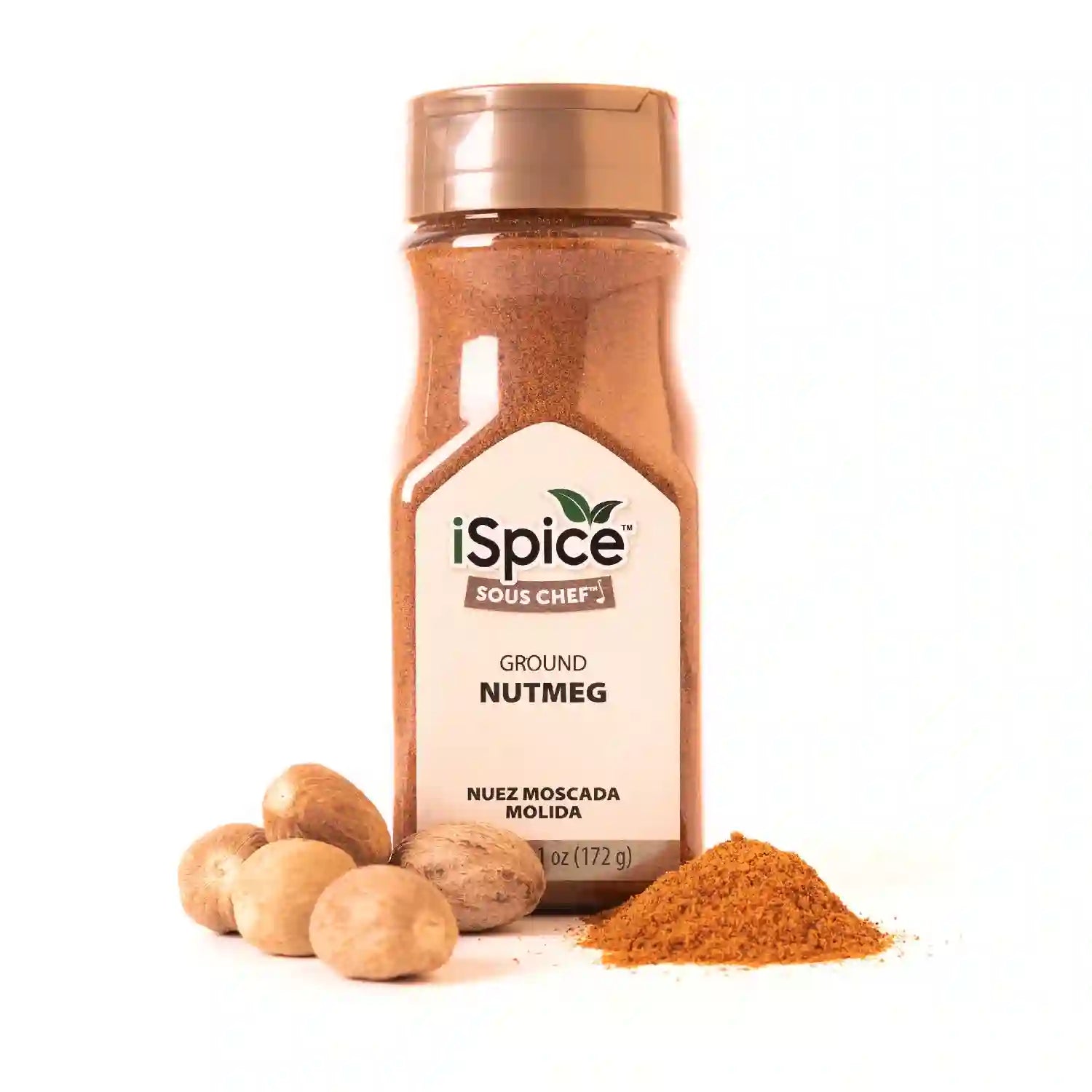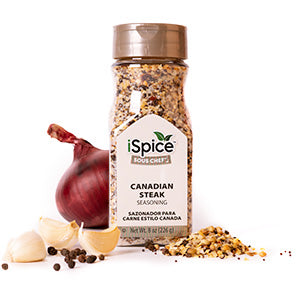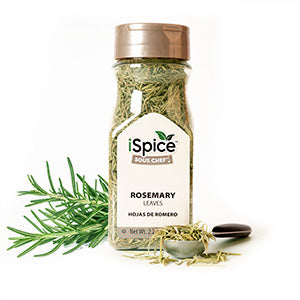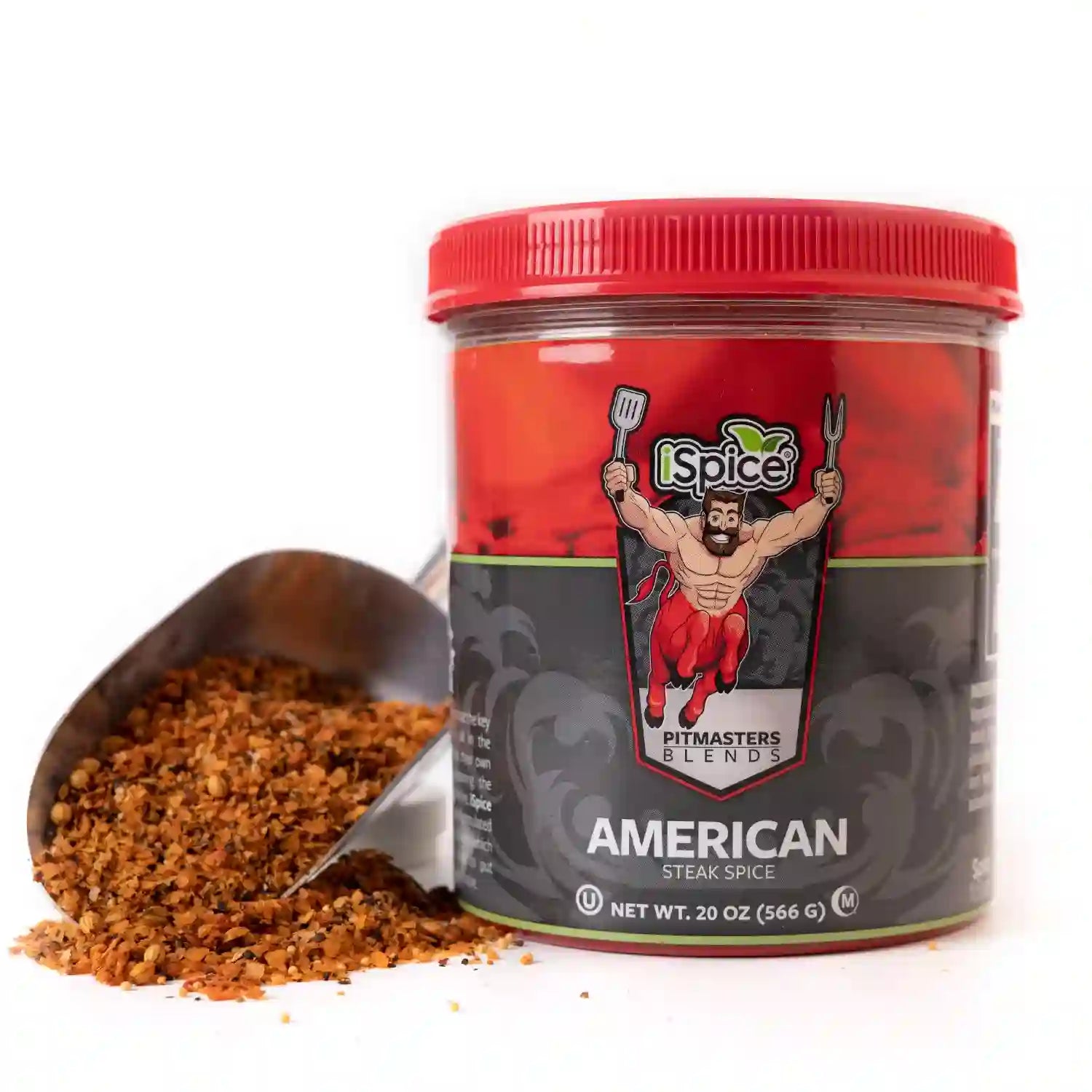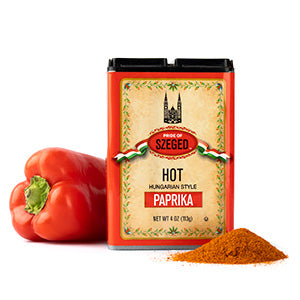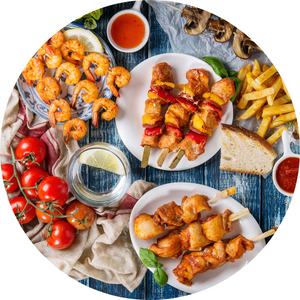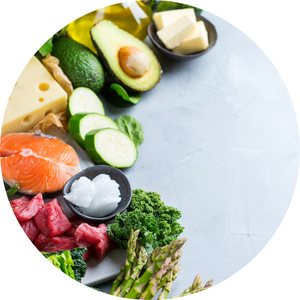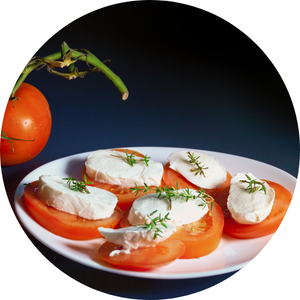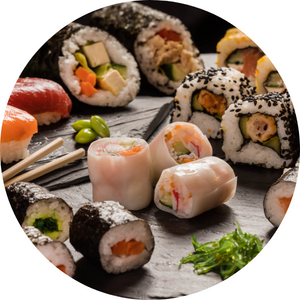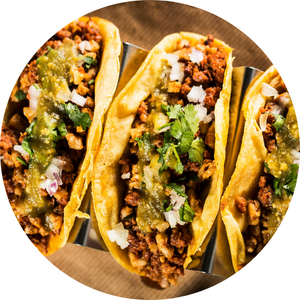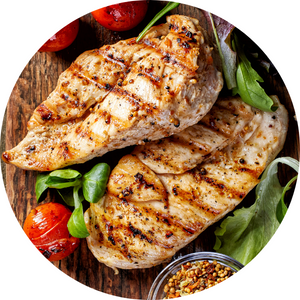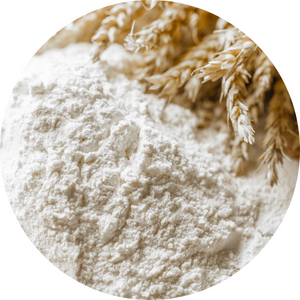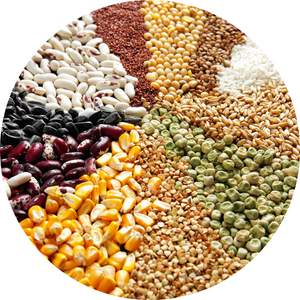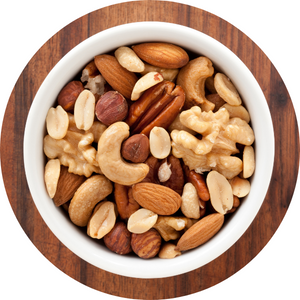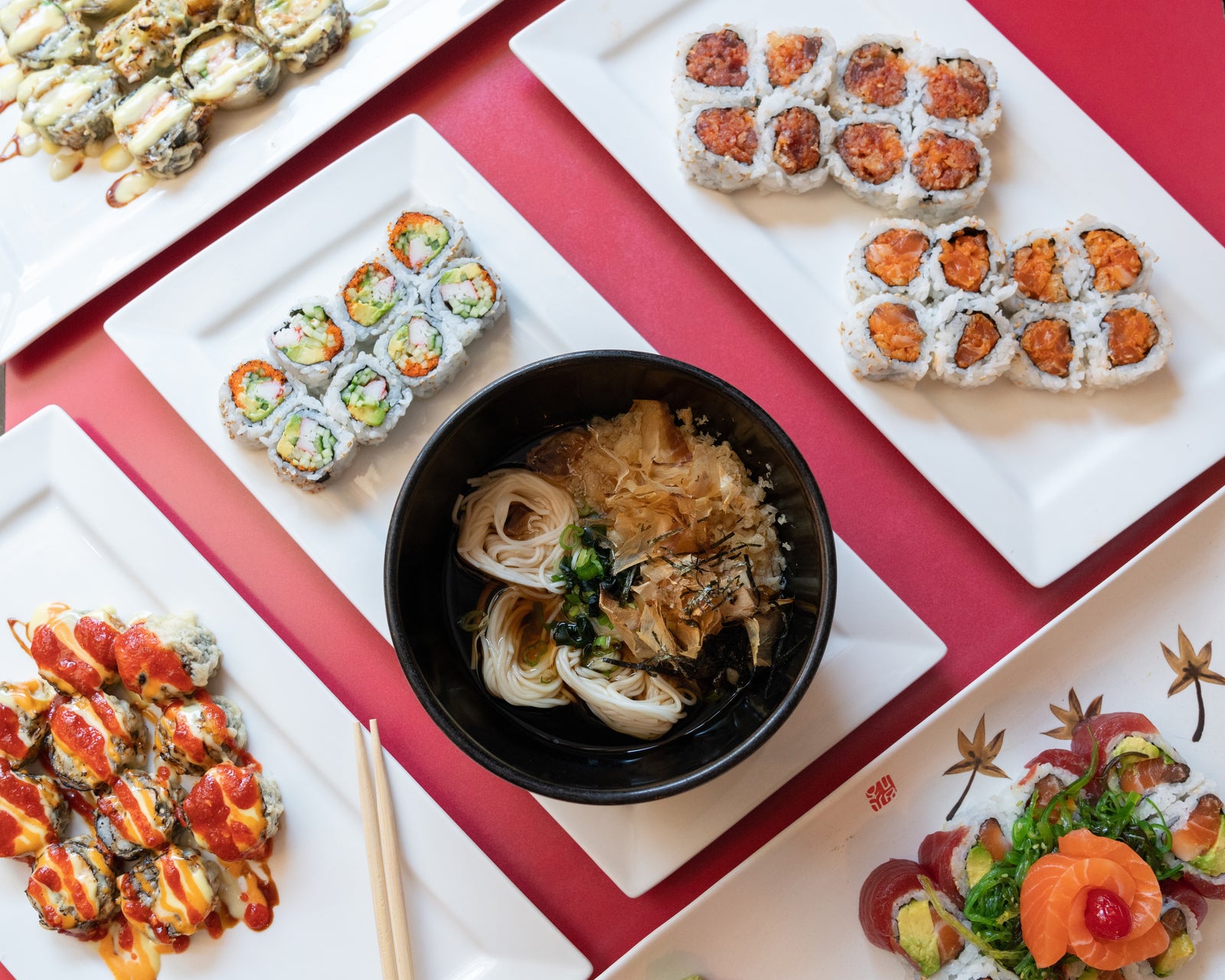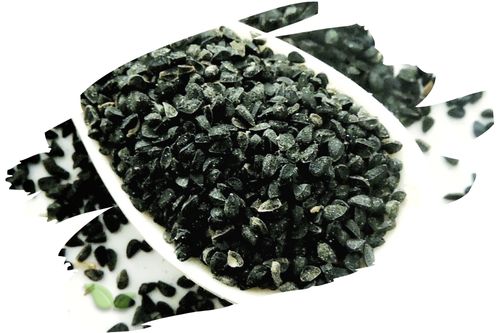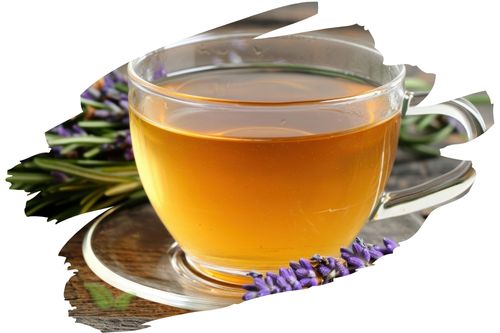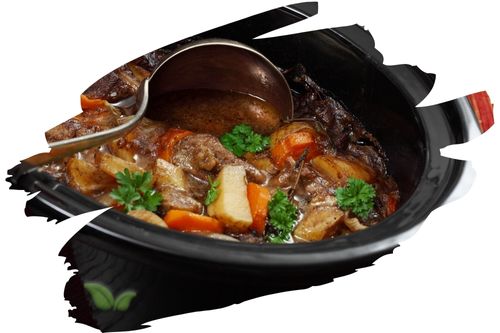
Smoke is a key ingredient in barbecue, and it can greatly affect the flavor, texture, and appearance of meat. Here is a look at the science of smoke, how it affects meat, and how to control it for the best results:
-
The Science of Smoke: Smoke is made up of gases and small particles, including carbon monoxide, carbon dioxide, nitrogen, and water vapor, as well as flavor compounds that give BBQ its distinctive taste.
-
How Smoke Affects Meat: Smoke adds flavor and a distinctive aroma to meat, but it can also change the texture and color of the meat. The longer the meat is exposed to smoke, the darker it becomes. The smoke can also break down the connective tissues in the meat, making it more tender.
-
How to Control Smoke: Controlling smoke can be tricky, but it is essential for getting the best results. Here are a few tips:
-
Choose the right wood: Different types of wood produce different types of smoke, and the type of wood you use can greatly affect the flavor of the meat. Hickory and oak are popular choices for smoking meat, but fruitwoods like apple, cherry, and peach can add a sweeter, milder flavor.
-
Use the right amount of smoke: Too much smoke can overpower the flavor of the meat, while too little smoke can result in a bland taste. A good rule of thumb is to smoke the meat for about 1 hour per pound, using about 1-2 ounces of wood per hour.
-
Control the temperature: The temperature of the smoker can greatly affect the amount and quality of smoke produced. A temperature between 200-250°F is ideal for smoking meat, as it allows for a slow, even cook and produces a good amount of smoke.
-
Use a smoke generator: Smoke generators can be used to produce a consistent amount of smoke, making it easier to control the smoke level and the flavor of the meat.
In conclusion, understanding the science of smoke and how it affects meat is essential for achieving great BBQ results. By choosing the right wood, using the right amount of smoke, controlling the temperature, and using a smoke generator, you can produce perfectly smoked meat every time.
Alert: While spices can have many beneficial properties for health, using them for medical purposes should be done under the guidance and supervision of a healthcare professional or specialist. Some spices may interact with medications or cause adverse reactions in certain individuals, and it is important to use them safely and appropriately. If you are considering using spices for a medical condition, it is important to consult with a healthcare professional before doing so.

